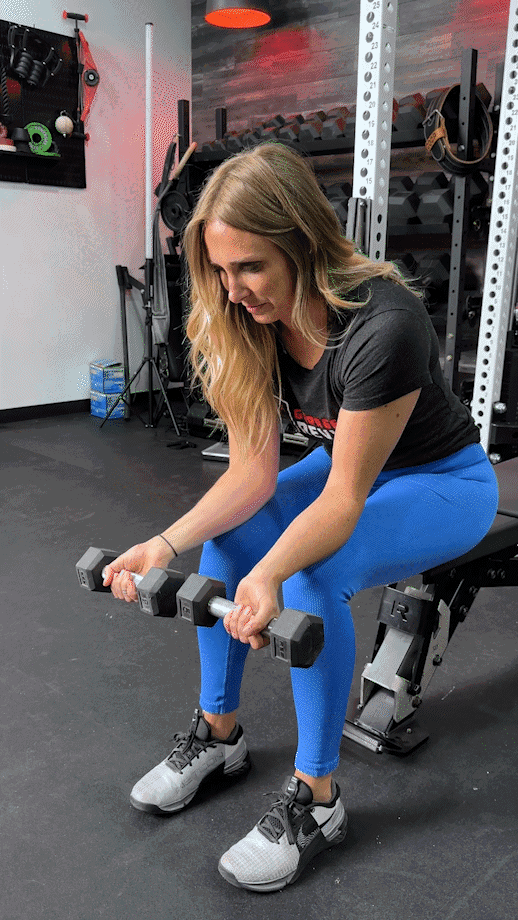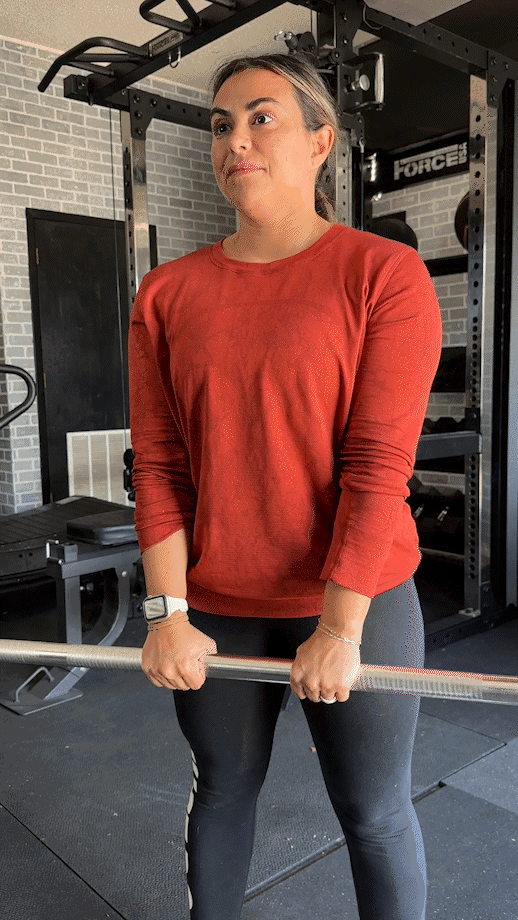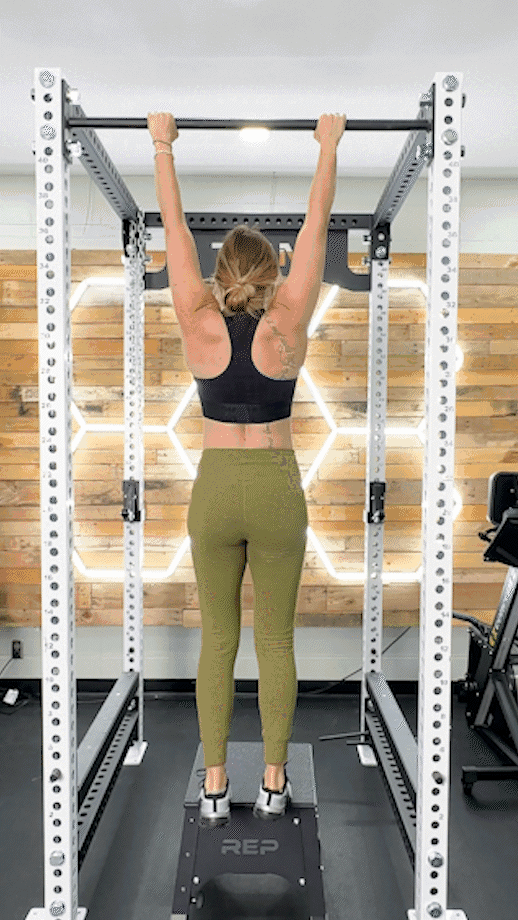Forearm workouts have never been as fashionable as workouts chock full of hammer curls and tricep extensions, and it’s a shame. Strong forearms translate to improved grip strength, better wrist stability, and increased overall upper body strength.
That’s great for athletes, since it allows them to squeeze harder and generate more power from their movements, but it’s important for everyday folks who need the strength for lifting, carrying, and holding objects.
Let’s start a trend and target those ever-important forearm muscles starting now!
Here are 15 of the best forearm exercises to help you get started.
RELATED: The Best Tricep Workouts
Forearm Anatomy
Before we jump into ostensibly the best forearm workout of all time, let’s talk about the anatomy of the forearm to better understand how it works. The muscles that make up your forearm include:
- Pronator teres
- Brachioradialis
- Palmaris longus
- Anconeus
- Flexor muscles
- Extensor muscles
The flexors and the extensors, which control wrist flexion and wrist extension respectively, are the primary muscles here. Flexors enable wrist motion, while extensors are more involved in gripping and squeezing.
That’s why many of our exercises will involve wrist movement or maintaining a strong grip.
1. Farmers’ Carry
Why it’s great: Also called the farmer’s walk, the farmer’s carry challenges multiple muscle groups, improves core stability, enhances grip strength, and builds bigger forearm muscles.
How to do it:
- Select a pair of free weights and hold one in each hand.
- Stand with your feet shoulder-width apart, your arms straight down at your sides, your core tight, and your shoulders down and back.
- Walk forward in a straight line, taking short, deliberate steps, until you complete the predetermined distance or time duration.
- Slowly place down the weights and rest.
- Repeat as needed.
RELATED: The Best Dumbbells for Your Home Gym

2. Wrist Curls (Palms Up)
Why it’s great: Wrist curls target the flexor muscles, relying on resistance to strengthen the forearms, improve grip strength, and enhance wrist mobility.
How to do it:
- Kneel with a bench before you, resting your forearm on it. Hold a dumbbell in each hand with your palms facing up.
- Contract your forearm muscles to lift the dumbbells as high as you can. Move slowly to avoid straining.
- Lower the dumbbells back to the starting position.
- Repeat as needed.

3. Wrist Curls (Palms Down)
Why it’s great: Take your standard wrist curl, flip the palms, and now you’ve got the reverse curls, known for hitting the extensor muscles rather than the flexors.
How to do it:
- Kneel with a bench before you, resting your forearm on it. Hold a dumbbell in each hand with your palms facing down.
- Contract your forearm muscles to lift the dumbbells as high as you can. Move slowly to avoid straining.
- Lower the dumbbells back to the starting position.
- Repeat as needed.

4. Plate Curls
Why it’s great: Plate curls provide plenty of activation throughout the arm, including the biceps brachii, brachialis, and brachioradialis, a muscle that facilitates elbow flexion and forearm supination.
How to do it:
- Stand with your feet shoulder-width apart, your knees slightly bent, shoulders down and back, and core braced. Hold a weight plate with your upper arms tucked into the body.
- Curl the plate to your chest.
- Slowly lower the plate back to the starting position.
- Repeat as needed.

5. Towel Pull-Ups
Why it’s great: Performing a towel pull-up instead of using one of the best pull-up bars provides an incredible challenge to your forearms and fingers, making it a great addition to our forearm workout.
How to do it:
- Drape a towel or pair of towels over a pull-up bar and grip them tightly.
- Pull your chin above the bar while engaging your lat muscles.
- Slowly lower yourself back down into a dead hang.
- Repeat as needed.
RELATED: What Muscles Do Pull-Ups Work?

6. Trap Bar Carry
Why it’s great: Like the farmer’s carry, the trap bar carry engages muscles in your forearms, core, and legs to make for a compound exercise that provides plenty of bang for your buck.
How to do it:
- Load a trap bar and set it at your feet.
- Lift the trap bar to your waist level and slowly walk forward, taking short steps.
- Continue walking for a predetermined distance or time, then slowly place down the bar.
- Repeat as needed.
RELATED: The Best Trap Bars

7. Heavy Russian Kettlebell Swings
Why it’s great: Russian kettlebell swings provide activation in the hips, glutes, shoulders, and, of course, the forearms. Using heavy weights amplifies this effect and requires epic forearm strength to keep a firm grip.
How to do it:
- Select a kettlebell and hold it with both hands just below your groin using a pronated grip. Your feet should be approximately shoulder-width apart with your back flat, spine neutral, and core held tight.
- Bend your knees, lean forward, and swing the kettlebell upward by thrusting your hips.
- Swing the kettlebell to chest height, then let the kettlebell swing back down.
- The kettlebell will swing between your legs and behind you before slowing down. Once it begins swinging forward, thrust your hips forward once more and cycle into the next rep.
- Repeat as needed.

8. Grip Crushers
Why it’s great: Unlike other forearm exercises that require wrist movement, grip crushers use a hand gripper and involve closing the hand tightly, providing a different stimulus to the target muscles. Plus, they’re portable, so you could get in your training anywhere!
How to do it:
- Pick up the hand gripper.
- Squeeze it closed tightly.
- Hold for approximately two seconds, then release.
- Repeat as needed.
9. Hammer Curls With Negative
Why it’s great: Controlling the eccentric, or lowering, phase of the hammer curl helps develop forearm muscles thanks to the increased time under tension.
How to do it:
- Select your dumbbells and hold them at your sides with a neutral grip.
- Bending from the elbow, curl the weights to the shoulders.
- Squeeze the bicep at the top, then slowly return to the starting position.
- Repeat as needed.

10. Reverse-Grip Barbell Curl
Why it’s great: The reverse-grip barbell curl places specific emphasis on the brachioradialis from flipping the grip, helping improve forearm size, strength, and aesthetic appearance.
How to do it:
- Load a barbell and hold it in front of you using an overhand grip.
- Keeping a strong, stable posture, curl the barbell to your chest.
- Pause for a second and slowly return to the starting position.
- Repeat as needed.

11. Zottman Curl
Why it’s great: Created by 19th century strongman George Zottman, this unique exercise targets the biceps brachii, the forearm flexors, and the forearm extensors in one fell swoop.
How to do it:
- From a standing position, hold a pair of dumbbells with your palms facing forward.
- Curl the dumbbells to your shoulders.
- Squeeze your biceps at the peak position, then twist your hands so that your palms now face down.
- Slowly lower the dumbbells back to the starting position, then twist your hands so that your palms are facing forward again.
- Repeat as needed.

12. Bar Hang
Why it’s great: Bar hangs, also called dead hangs or static hangs, build grip strength, forearm endurance, and shoulder stability from simply grabbing onto a pull-up bar and hanging there.
How to do it:
- Grab a pull-up bar with an overhand grip and your hands shoulder-width apart.
- With straight arms, relax into a hang position and pull your shoulder blades down and back to engage your upper back muscles.
- Hold for time, then rest,
- Repeat as needed.

RELATED: Ultimate 30-Day Pull-Up Progression Plan
13. Wrist Rollers
Why it’s great: Wrist rollers rely exclusively on wrist movement to hit the whole muscle group, making them great for building muscle and stronger forearms.
How to do it:
- From a standing position, hold a wrist roller using a pronated grip. Slowly lift both arms until they are fully extended in front of you and parallel to the floor.
- Rotate one wrist at a time in an upward motion to coil the rope around the roller, raising the attached weight plate.
- Once the weight has reached the bar, slowly lower the weight back down by rotating the wrist the opposite way. Continue until the rope is fully unraveled.
- Repeat as needed.

14. Rope Climbs
Why it’s great: Even with great technique, rope climbs are exhausting, requiring various muscle groups and plenty of forearm and grip strength to boot. They also require actually having a rope.
How to do it:
- Reach up as high as possible or jump to grip onto the rope overhead.
- Raise your knees as high as possible, cross your feet, and, keeping the rope along the center of the body, uncross the feet in order to pinch the rope between them.
- Pull your body up while extending the hips and legs.
- Repeat motion until you reach the end of the rope or your desired height.
- To descend, slowly bring your hands down in a hand over hand motion while loosening your feet’s grip on the pinched rope.
- Repeat as needed.

15. Bottoms Up Kettlebell Press
Why it’s great: Flipping a kettlebell upside down unlocks a whole new level of challenge. The bottoms up kettlebell press requires incredible skill and great forearm strength, grip strength, and shoulder stability.
How to do it:
- From a standing position, hold the kettlebell in front of the body with your elbow bent at a 90-degree angle and the bottom of the kettlebell facing the ceiling.
- Slowly press the kettlebell overhead until your arm is fully extended.
- Slowly return the kettlebell to the starting position.
- Switch sides and repeat.
- Repeat the whole set as needed.
RELATED: The Best Kettlebells on the Market

Use Fat Gripz or Axle Bars
Are you looking for a hack that works forearm training into your existing strength training program? Axle bars and Fat Gripz can help you with that.
An Axle Bar is almost twice as thick as your standard Olympic bar. It also features no knurlings and includes no rotating sleeves, making it all-around more challenging to grip and work with. Fat Gripz, likewise, attaches to dumbbells, pull-up bars, and more, transforming a standard handle into an Axle Bar.
Using an Axle Bar on your standard exercises like the bench press, deadlift, dumbbell curl, pull-up, and more increases the challenge to your grip, providing greater forearm activation even while performing exercises that aren’t forearm-specific.
Forearm Workouts: Final Thoughts
Forearm workouts are less common than workouts that target other muscle groups, but there’s lots to love about getting in some direct forearm training.
Increasing your forearm strength leads to increases in your overall upper body strength and grip strength, both of which will translate nicely into improved athletic performance in sports and other weightlifting exercises.
Forearm strength also helps make everyday tasks, such as lifting, carrying, and holding objects, much more manageable.
Work some of our forearm exercises into your next session and see how the increased forearm strength helps you achieve your fitness goals!
Forearm Workouts: FAQs
How can I get jacked forearms?
By performing targeted forearm exercises like wrist curls, farmers’ carries, and plate curls. Incorporating these exercises into your workout routine, progressively overloading the muscles, and eating a proper diet are all excellent ways to get jacked forearms.
Are forearms easy to build?
Is anything in fitness easy?
Forearms are a smaller muscle group than many others, but they will still take time and dedication to build. Support your success by incorporating forearm-specific exercises into your workout, using varied grips and equipment, progressively overloading the muscles, focusing on proper form and technique, and being consistent.
Are skinny forearms genetic?
Sure, genetics play a role in how we look, but it’s not an excuse to not try.
If you’re naturally skinny, try the above exercises and eat a diet designed with muscle growth in mind. Working with a personal trainer and certified nutritionist also gives you your best chance of bulking up those forearms and becoming the Popeye you’ve always dreamed of being!







